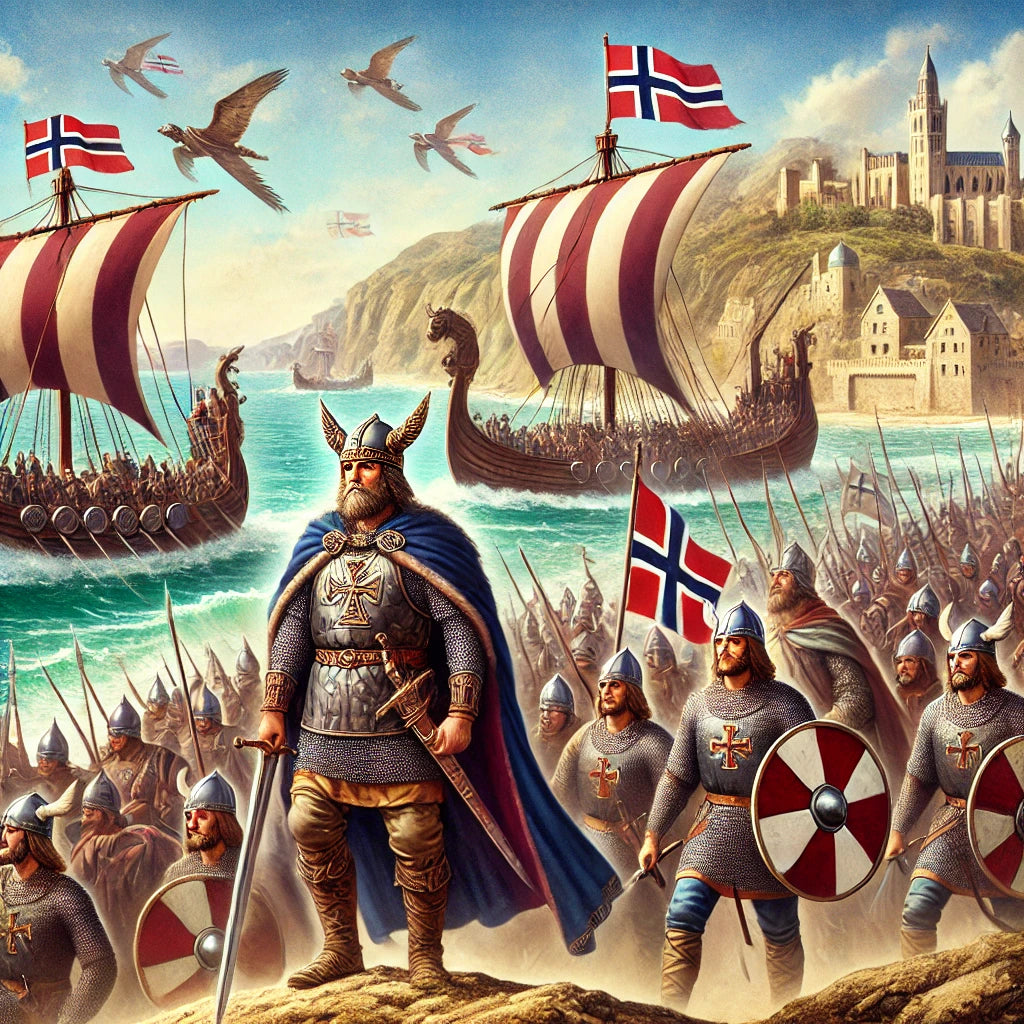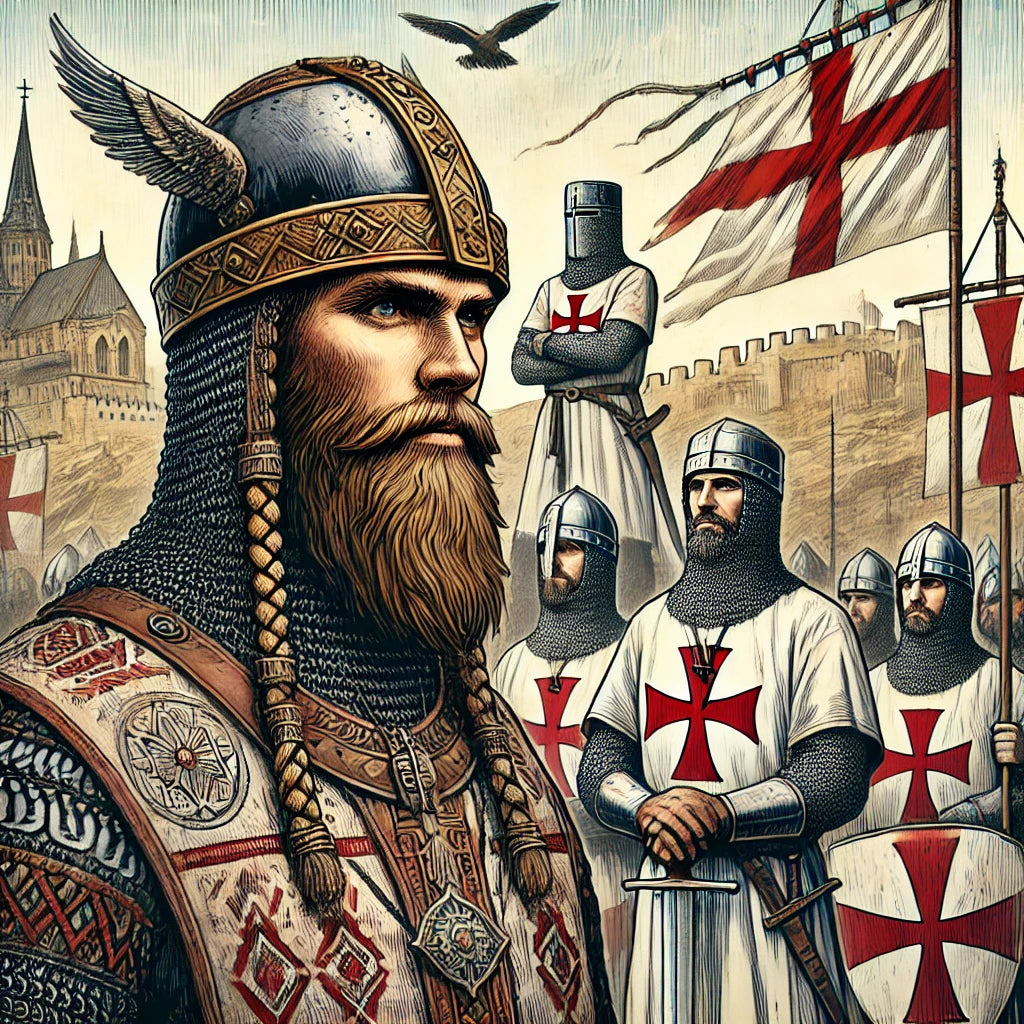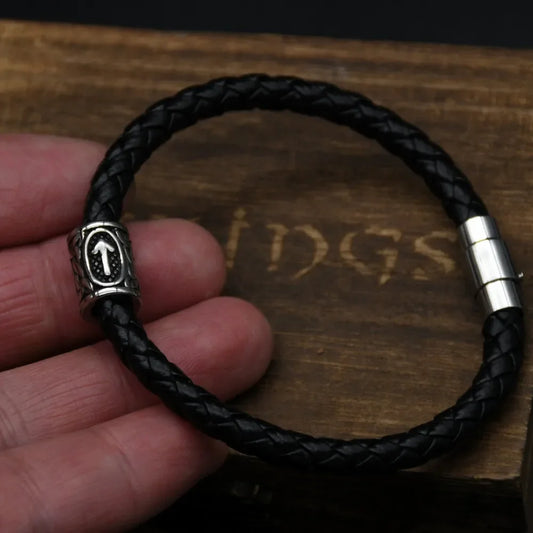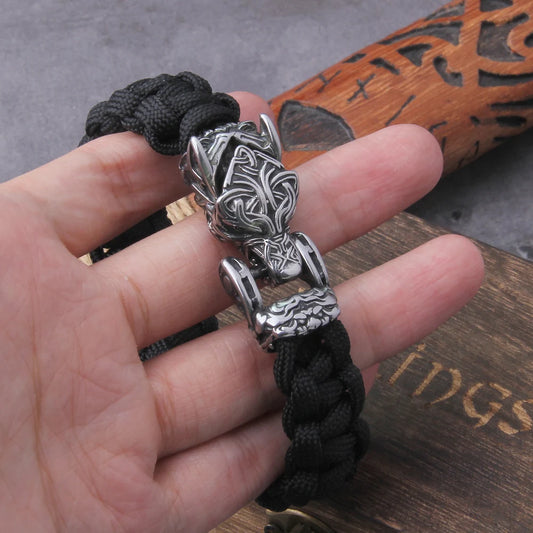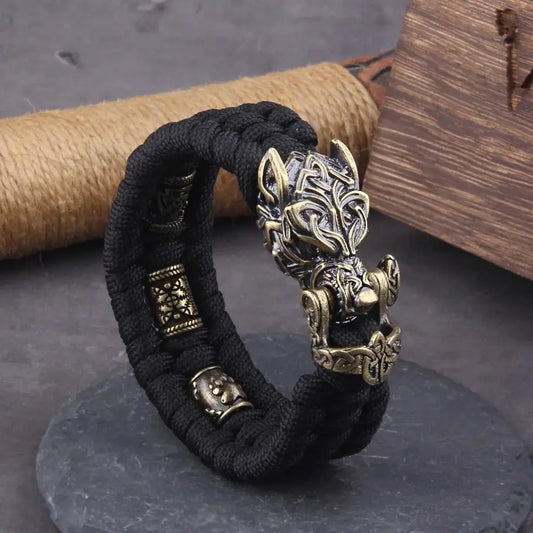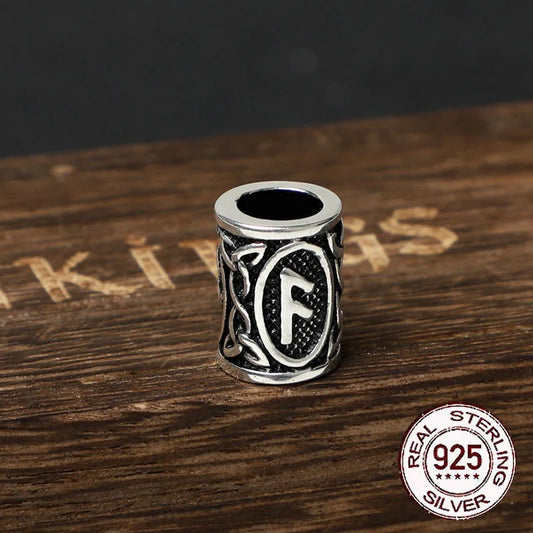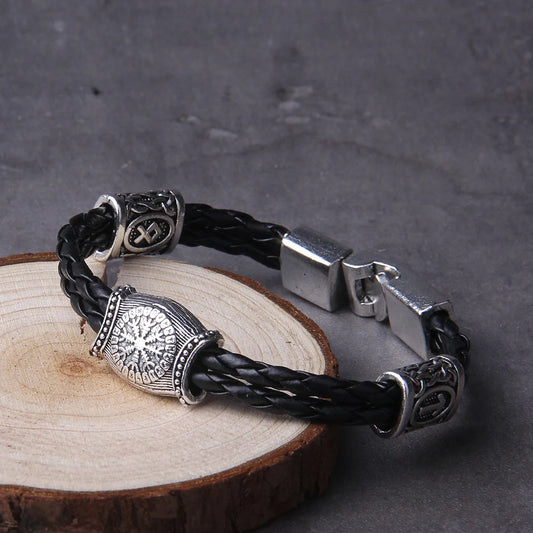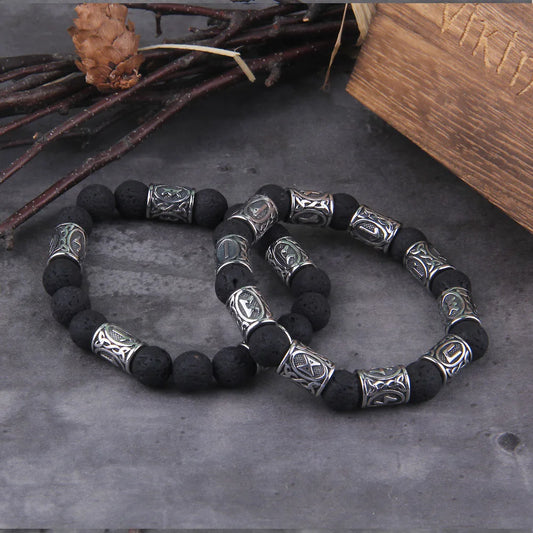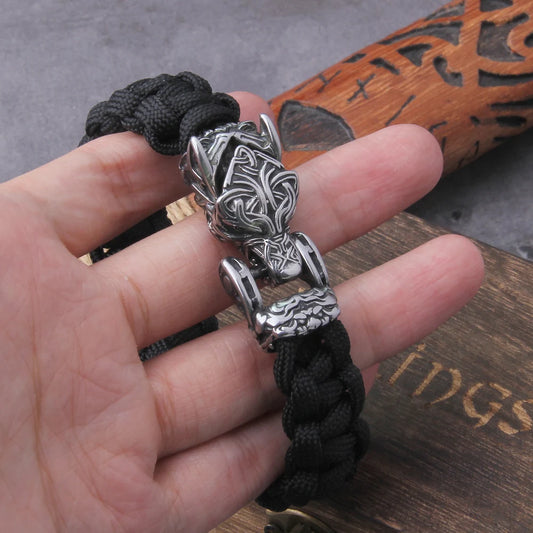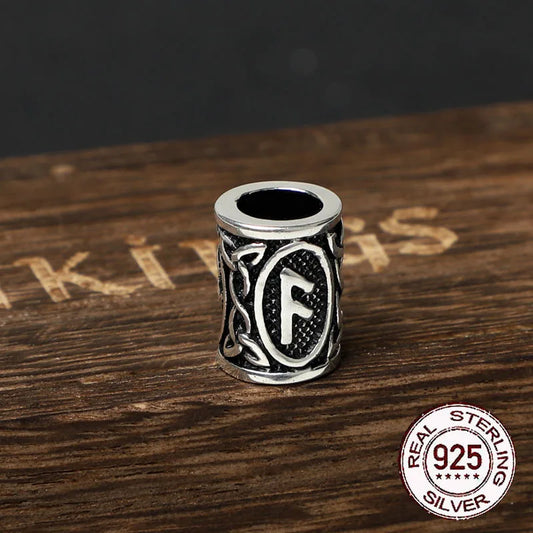Ragnar Lothbrok (Old Norse: Ragnarr Loðbrók Sigurdsson) was a legendary king of Sweden and Denmark who reigned in the 8th century. According to the Danish chronicler Saxo Grammaticus, Ragnar belonged to the royal line of the house of the Ynglings.
According to these chronicles and the Icelandic sagas, he is considered the son of Sigurd Ring, king of Sweden and conqueror of Denmark, and his wife Alfhild Gandolfsdatter (b. 710), daughter of Gandalf Alfgeirsson. There is no agreement as to which was the capital of his kingdoms, nor in which country he usually resided.
Despite appearing as a local hero, there are not many biographies of him, barely a few mentions can be found in the sagas. The dating of his reign is uncertain: some sources place it between 750 and 794, others from 860 to 865 and others more likely between 835 and his death in 865.
Was Ragnar Lothbrok a descendant of Odin?
Ragnar Lothbrok was a devout pagan and, according to Norse legends, claimed to be a descendant of the god Odin.
For this reason he had no hesitation in attacking Christian cities on holy days (in fact he preferred to do so, as the surprise was greater and the soldiers were usually in the church).
He has been linked in marriage with two famous shiled-maidens, Lagertha in Gesta Danorum, and Queen Aslaug, the daughter of Sigurd and Brynhildr, according to the Völsunga saga.
Historical Accuracy
The historical accuracy of Ragnar's life, only partially in places and times covered by the pages of history, is not very clear.
In her commentary on Saxo Grammaticus' Gesta Danorum, Hilda Ellis Davidson notes Saxo's notorious efforts in book IX of the Gesta to consolidate, under Ragnar's reign, various confusing and sometimes contradictory events and stories of which he was aware.
That is why many acts attributed to Ragnar in the Gesta can be associated, through various sources, with several different figures, some of which make more sense today in historical terms. These candidates for shaping the historical Ragnar include:
- King Horik I (died in 854 A.D.),
- King Reginfrid (died 814 A.D.),
- One king who ruled part of Denmark and came into conflict with Harald Klak,
- A leader named Reginherus, who orchestrated the Siege of Paris (845)
For the moment, all attempts to link the legendary Ragnar to one or more of these men have been in vain, given the difficulty of reconciling the various exploits and their chronology.
However, the central tradition surrounding a Viking hero named Ragnar (or his derivatives) who brought dread to mid-ninth-century Europe, and who sired several renowned sons, is surprisingly persistent, and aspects of it are recounted in relatively reliable sources such as the Anglo-Saxon Chronicle.
According to Davidson, "in recent years some scholars have accepted at least the latter part of the Ragnar story as based on historical fact."
Ragnar Lothbrok's Raids
Ragnar Lothbrok spent a good part of his life in Viking expeditions devastating cities in Christian Europe and used to accept the payment of a ransom or tribute (danegeld) to leave the attacked towns in peace and abandon their lands.
Ragnar's Raids in the Baltic
Saxo Grammaticus in his Gesta Danorum cites two important raids in the early 840s by Ragnar in the Baltic Sea, the first against the domains of the Semigalians which Saxo calls "Hellespontians", and the second against Curonians and Sambians.
After defeating the Semigalians, back in Denmark, he attacked the coasts of Sambia and the kingdom of the Curonians forcing its inhabitants to recognize him as conqueror in order to avoid devastation.
Ragnar's Raids in France
In about 845, he was already one of the greatest Viking warlords, worried about the lack of occupation of his sons. He feared that the men-at-arms of his kingdom, without enemies, would commit some foolish acts that would be counterproductive to his reign.
He therefore launched an offensive with 120 ships and 5000 men against the kingdom of France. He probably landed in the Seine estuary and ravaged the western part of the Frankish Empire.
A historical Ragnar Lodbrok appears as a jarl of the court of Horik I (814-854) of Denmark, he participated in the siege of Paris on March 28, 845.8 Charles II the Bald, grandson of Charlemagne, had to pay for the city a danegeld (tribute) of 7000 pounds of gold and silver to avoid plunder.
This agreement did not prevent him from attacking other parts of France, the task of expelling him being arduous.
Ragnar's Raids in England
After France, the British Isles attracted his attention. In 865, he landed in Northumbria, on the northeast coast of England, where he was defeated by Ælla of Northumbria.
He was caught by the king of the Angles, and executed in a gruesome way, being thrown into a pit of poisonous snakes.
His last words were:
"How the little piggies will grunt when they hear how the old boar suffered."
The little piggies referring to his sons Björn, Ivar, Halfdan and Ubbe.
Ragnar Lothbrok in Popular Culture
He appears as the main protagonist in the series Vikings, played by actor Travis Fimmel; as a supporting character in the comic book Captain Thunder, as Sigrid's father; and in the 1958 film The Vikings, played by actor Ernest Borgnine.


